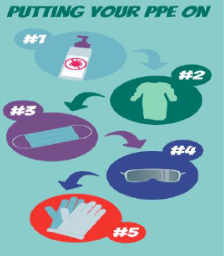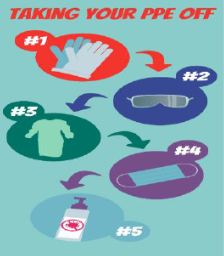Background
The global COVID-19 pandemic hit South Africa in March 2020. In response to slowing the spread of the infection and protect the people, the government came up with several laudable initiatives.
The Masked Heroes campaign is an initiative to support the frontline Community Care Workers (CCWs) in South Africa, thereby preventing them from becoming victims and vectors of COVID-19 infection. The Masked Heroes campaign is funded by the National Solidarity Fund and other contributors and is being coordinated by the DG Murray Trust in partnership with REDISA. The support includes the provision of personal protective equipment (PPE), food voucher, and psychosocial support. Click here for more on Masked Heroes campaign. Well Being Africa (WBA) was selected as one of the community connectors to assist in the distribution of PPE and other support to CCWs.
Community care workers include:
- Community health workers,
- Emergency services personnel,
- Social workers and social auxiliary workers,
- Child and youth care workers,
- Food and other relief workers.
Distribution of personal protective equipment – first round
The distribution of the Masked Heroes PPE for the first round took place from August to September 2020. Well Being Africa distributed 401000 gloves, 94000 type 1 disposable masks, 5800 face shields, 2400 Masked Heroes magazines, 3700 bottles of hand sanitiser, 1949 bleach bottles, and 16000 fabric masks to 1966 CCWs in the Tshwane district.
Distribution of personal protective equipment – second round
The second round of PPE took place from December 2020 to February 2021. It comprises the distribution of 29,000 gloves, 2220 gowns, 450 Masked Heroes magazines, and 332,500 type 1 disposable masks to 2238 CCWs in the Tshwane district.
How to use Masked Heroes personal protective equipment
The CCWs were provided with guidance on the use of their PPE to ensure they protect themselves from being infected with the virus as much as possible. There is a recommended sequence in which they should put the PPE on (donning) and take it off (doffing).

 Following a correct doffing procedure is especially crucial – it is the most important step in preventing infection transmission. When removing used PPE, they are to assume that there is some virus on the PPE and so it should be removed in a way that will protect their clothing, skin, and mucous membranes from contamination. If they suspect that they have been in contact with someone infected with Covid-19, they are to be extra careful and sanitise their hands after each piece of equipment that they remove. The following specific instructions apply:
Following a correct doffing procedure is especially crucial – it is the most important step in preventing infection transmission. When removing used PPE, they are to assume that there is some virus on the PPE and so it should be removed in a way that will protect their clothing, skin, and mucous membranes from contamination. If they suspect that they have been in contact with someone infected with Covid-19, they are to be extra careful and sanitise their hands after each piece of equipment that they remove. The following specific instructions apply:
Using Your Mask
It is important to use and dispose of your mask correctly. This will help reduce the risk of transmission. When using your mask remember to:
- Place mask carefully over your mouth and nose and tie securely to minimise any gaps between your face and the mask.
- Avoid touching the inside of the mask while putting it on and taking it off. Then avoid touching the mask when you are wearing it.
- Remove the mask by untying the bands.
- Wash your hands and wash your mask with soap and hot water.
- Do not reuse single-use masks. Throw them away immediately or keep them in a sealed plastic bag until you can throw them away in a bin.
- Make sure you change your mask as soon as it becomes dirty or wet.
Your Clothes
- When you get home, take off your uniform or work clothes and place them in a washing basket immediately. Wash your hands after removing your clothes.
- Wash the clothes in hot water if possible (60°C).
- Ensure your cell phone has been cleaned.
Can PPE be re-used?
- Only reuse when supplies are very limited.
- Reuse of PPE is still preferable to having no PPE.
- Replace aprons and gloves between handling clients if in contact with clients.
- Only use paper masks for 8 hours during in-field screening but discard them if they become dirty or wet.
